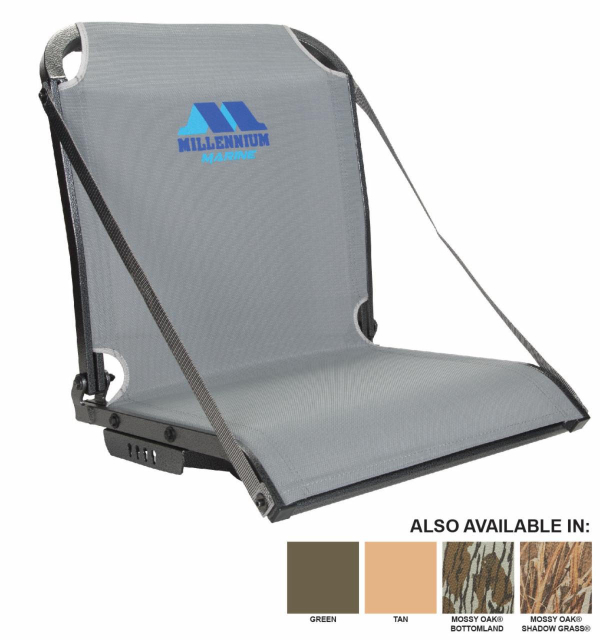Treestand Safety
By Glen Wunderlich
In 1997, the Michigan DNR changed hunting rules to allow firearm hunters to hunt from raised platforms. Since that time, the accident rate from falls has climbed and is now the leading cause of injury to hunters every year. Not unlike people that do not wear seat belts while operating vehicles, accidental falls while hunting are largely preventable. Whether it’s laziness, a lack of safety-related education, or the cost of safety equipment, each excuse pales in comparison to a life-threatening, paralyzing – or worse yet – a life-ending fall.
Here are some tips.
· If you tend to use the same tree and stand year after year and just leave it up, understand that live trees continue to grow. As a result, fasteners, chains, and straps can become stressed, even though they may appear to be in good order. It’s a simple and inexpensive matter to add a fresh ratchet strap or two.
· When setting up a stand initially, it’s important to use a lineman’s belt and lifeline with a proper knot when climbing or descending. Because most accidents occur while climbing, or stepping onto a stand, or descending, the lineman’s belt and lifeline allow a person to remain in contact with a tree at all times. Plus, the hands-free aspect of the system facilitates stand installation and takedown safely.
· Learning how to tie and use a Prusik knot is crucial to safety when climbing. It is a friction hitch commonly used in rope rescue, mountaineering, climbing, canyoneering, and more. Prusik loop material should be approximately 60 percent to 80 percent of the standing (or static) line diameter. If the hitch is too small, the hitch will be tight, making it difficult to free and then move the loop. If the diameter is too large, the hitch will not tighten up enough to grip and will slip.
· Flexibility is important. A cord that is too stiff will not allow the hitch to tighten enough to grip the standing line. In life safety applications such as rescue and belays, many authorities recommend the use of two tandem triple wrap Prusik hitches. Many authorities suggest using 8mm cord for 1/2? rope and 7mm cord for 7/16? ropes.
§ Ensure you do not exceed the stand manufacturer’s maximum height or weight settings.
§ Select a healthy, straight tree for your tree stand. There are still some standing ash trees in the woods that may topple at any time. Make sure to be able to identify them and avoid them.
§ Set up the stand with another person.
§ Let someone know where you are setting up your stand ahead of time.
§ Bring an emergency signal device, such as a cell phone or a whistle.
§ Use a full-body safety harness at all times, and remain connected to the tree from the time you leave the ground to the time you return to the ground.
§ Consider using a padded universal shooting rail for added safety and for a reliable shooting rest for firearms or crossbows.
§ Use a haul line to raise and lower equipment. Never carry anything as you climb and make sure firearms are unloaded.
§ Familiarize yourself with your gear before you go. The morning of opening day is poor time to learn.
§ Only use stands certified by the Treestand Manufacturers Association (TMA).
If any of this is too much to be concerned with, just hunt from the ground.







